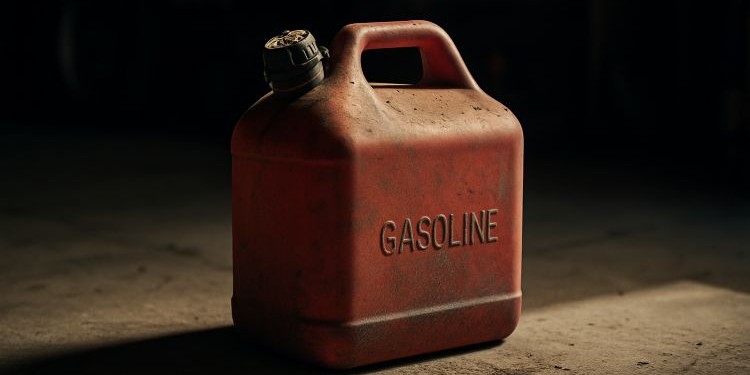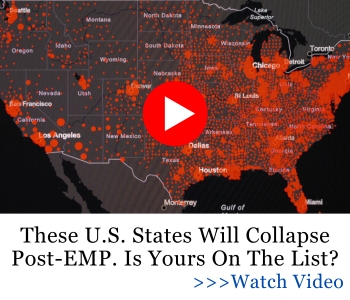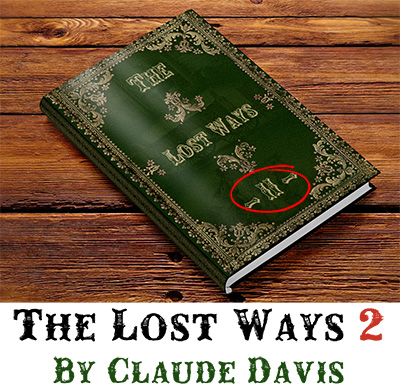The Clock Is Ticking on Your Fuel
Here’s the ugly truth no one likes to admit: that red gas can in your garage isn’t a permanent safety net. Gasoline is not wine—it doesn’t get better with age. In fact, it starts breaking down the moment you pump it. Left unchecked, what you thought was backup fuel could turn into sludge that wrecks your engine when you need it most.
So how long does gas actually last in a can? The answer depends on whether you’re storing regular gasoline, ethanol-blended gas, or diesel. Spoiler alert—it’s not as long as you think, and definitely not long enough if you’re counting on it during a blackout, hurricane, or worse.
And here’s the kicker: most people don’t even check their stash until disaster hits. That means half the “preppers” out there are sitting on liquid paperweights that won’t power a lawnmower, let alone a generator. If you think gas storage is your golden ticket, you’d better rethink your strategy before reality teaches you the hard way.
The Shelf Life of Gasoline
Plain, untreated gasoline stored in a plastic container will usually last 3 to 6 months before it begins to degrade. After that, the volatile compounds that make it combustible start evaporating, leaving behind a weaker, gummed-up fuel. Ethanol-blended gas—the standard at most pumps—breaks down even faster, sometimes in as little as 2 months.
Think about that for a second. The government pushed ethanol blends as “green energy,” but what they didn’t tell you is that it attracts water. That means corrosion, phase separation, and eventually useless fuel. It’s almost as if they want your emergency stash to fail when you need it.
Diesel fares better, lasting around 6 to 12 months, but even that has limits without proper treatment. The bottom line: unless you’re rotating and stabilizing your fuel, it’s a ticking time bomb.
And here’s the uncomfortable truth—if you’re relying on unstable gasoline as your main “plan B,” you’re already compromised. The window is too short, the risks too high, and the control over the supply chain is not in your hands. That’s not preparedness, that’s playing by their rules.
Why Old Gas Can Kill Your Plans
Bad gas isn’t just weak—it’s dangerous. Running degraded fuel through your generator, car, or chainsaw can clog carburetors, damage injectors, and leave you stranded. Imagine thinking you’re prepared for a storm, only to find your generator sputtering to a stop because the fuel you trusted turned sour.
That’s not an accident—it’s a design flaw in our system of dependency. We’ve been trained to believe we can stockpile fuel “just in case,” but the rules are stacked against us. Between ethanol mandates, unstable blends, and plastic containers that leech air, your safety net is eroding faster than you realize.
The real cost isn’t just wasted money—it’s wasted time when time matters most. Every hour spent troubleshooting a failed generator or trying to clean out fouled equipment in a crisis is an hour you don’t have. Bad fuel doesn’t just fail you—it sabotages your survival.
How to Make Gas Last Longer
Here’s what the insiders know but the average prepper often overlooks:
- Use fuel stabilizers. A quality stabilizer can extend gasoline life up to 1–3 years. Add it as soon as you pump the fuel, not months later.
- Choose metal cans or quality containers. Plastic allows more oxygen transfer, speeding up degradation. Old-school NATO jerry cans are superior.
- Store in cool, dark places. Heat accelerates breakdown, so keep cans away from sunlight or hot garages.
- Rotate your stockpile. Use and replace fuel every few months. Treat it like food storage—first in, first out.
- Consider ethanol-free gas. Harder to find, but it lasts longer and doesn’t pull in water like the standard blends.
With the right precautions, gasoline can remain viable far beyond its typical shelf life. But without them, your backup plan is a mirage.
But let’s not sugarcoat it—stabilizers, fancy cans, and rotation are just a band-aid. You’re still chained to a resource that degrades, is rationed by someone else, and vanishes from shelves the moment panic strikes. Gas management buys you time, but it doesn’t solve the deeper problem: dependency.
Final Thoughts
Gas in a can is not a forever guarantee—it’s a fragile resource with an expiration date stamped in chemistry, not ink. Believing otherwise is a deadly illusion. In a true grid-down scenario, when supply chains collapse and stations run dry, that jug of spoiled fuel could be the difference between escape and entrapment.
So don’t just store gas—understand it, rotate it, and stabilize it. Because when the lights go out and chaos begins, the last thing you want is to learn the hard way that your “emergency stash” was nothing but dead weight.
Preparedness isn’t about hoarding what decays—it’s about building systems that last. If fuel is your only plan, then you don’t have a plan. It’s time to widen the scope and think beyond the can.
The Better Path: No Grid Projects
Gas will always run out, go bad, or get taken from you. That’s why the smart move isn’t just storing more—it’s building alternatives that don’t depend on the pump. No Grid Projects is the blueprint for that shift.
This guide gives you practical, step-by-step solutions for living without modern utilities—building off-grid power, water, and food systems that keep working long after fuel cans run dry. When others are stranded, you’ll still be running, cooking, and living on your own terms.
👉 Check out No Grid Projects here!
Start trading dependency for real self-reliance!
You may also like:
How to Siphon Gas from a Motorcycle
This Smart Box Cuts Your Power Bills By 65% (Video)
6 Easy Ways to Siphon Gas in A Survival Situation























Anyone have a practical guide or plans on converting 5hp engines to wood gasification fuel use? Anyone have ideas or plans for modifying an existing propane or natural gas fuel motor to wood gasification? Lots of science and discussion but not many detailed assembly plans available. Asking for a friend! LOL
Yes, it’s possible to run a 5hp engine on wood gas, but it requires a properly sized small gasifier along with cooling and filtration so the gas is clean enough for the motor. The general setup uses a downdraft gasifier scaled to the engine size, a cooling pipe or radiator, a filter made from something like sawdust or hay, and a mixing valve to blend wood gas with air before it enters the carburetor. Engines already designed for propane or natural gas usually adapt more easily, since they already handle gaseous fuels.
For detailed plans, look into small engine gasifier builds such as the “Simple Fire” style, which has been successfully used on engines in the 5–6hp range. The main challenge is tar removal and consistent airflow, but with a tight seal and dry wood fuel, these systems are reliable. Many DIY communities have shared blueprints and experiments, and adapting one of those proven designs is far easier than starting from scratch.
Anyone have any experience with or studies on Sta-Bil versus PriG gas stabilizers? I’ve seen a couple sources saying PriG is better, but I haven’t seen any science behind the claims. And I only buy ethanol-free gas for my generator – takes some work to find a station and the one near me doesn’t even advertise or have signage up that they sell it.
We did some digging, and we couldn’t find any solid, peer-reviewed lab study that definitively shows PRI-G outperforms Sta-Bil in all scenarios. What is out there mostly comes from user forums and comparative tests: for example, an Arborist forum thread compared sealed container storage tests and concluded that for under ~2 years, “Sta-Bil and PRI-G seem to perform the same.”
That doesn’t mean they’re equal under extreme or long-term stress, but it suggests the hype for PRI-G isn’t yet matched by scientific consensus.
Thanks for that info and the research work.